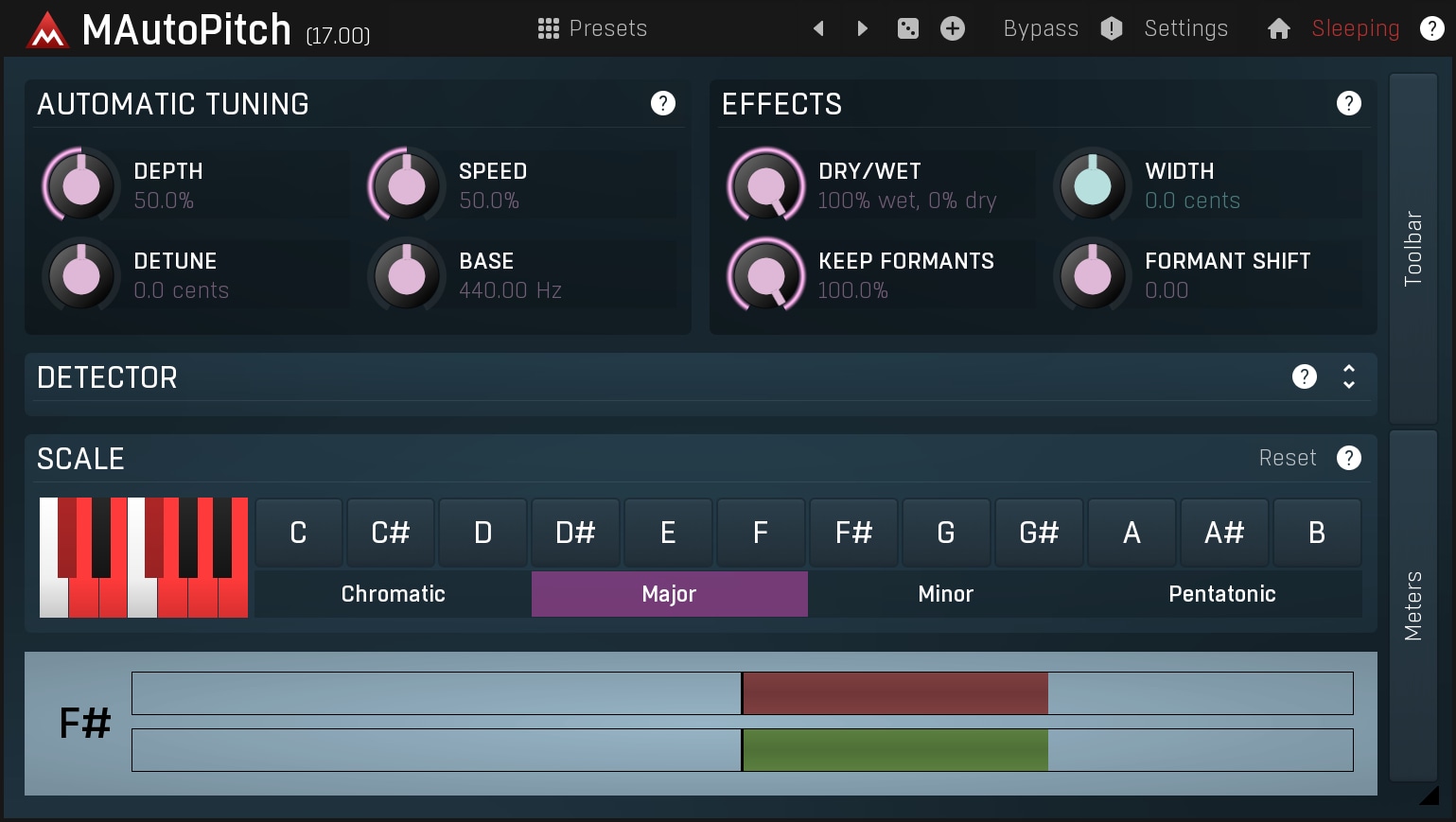The science behind Auto-Tune includes subtle digital sign processing techniques to investigate and manipulate the pitch of an audio signal. Here's a breakdown of the necessary thing scientific ideas behind Auto-Tune:
1. Pitch Detection:
Frequency Analysis: Auto-Tune begins by analyzing the incoming audio signal through a course of known as frequency analysis. This includes breaking down the complicated waveform of the audio signal into its constituent frequencies.
Fundamental Frequency Detection: The elementary frequency, which corresponds to the perceived pitch of the sound, is recognized. In the context of vocals, that is the pitch of the sung or spoken note.
2. Reference Pitch Comparison:
User-Defined Settings: The detected pitch is then in comparison with a reference pitch or musical scale set by the user or the music producer. The reference pitch represents the intended or appropriate pitch for the efficiency.
Scale and Key Settings: Auto-Tune permits users to specify the musical scale and key of the music. This info helps in making extra correct pitch corrections primarily based on the context of the music.
3. Pitch Correction:
Algorithmic Correction: If the detected pitch deviates from the reference pitch, Auto-Tune applies corrective processing. The algorithm calculates the mandatory pitch correction to convey the detected pitch in line with the reference pitch.
Correction Speed: Auto-Tune offers management over the pace at which pitch correction is utilized. Faster correction occasions lead to extra instant corrections, whereas slower settings create a smoother, extra natural-sounding impact.
4. Graphical Interface:
Visual Representation: Many versions of Auto-Tune characteristic a graphical interface that displays the pitch of the input sign over time. This visible representation allows producers and engineers to see the pitch corrections and make guide adjustments if wanted.
Time Domain vs. Frequency Domain Processing: The graphical interface often represents the correction process in each the time area (waveform) and the frequency area (pitch analysis), providing a complete view of the correction course of.
5. Creative Effects:
Intentional Pitch Manipulation: Beyond corrective functions, Auto-Tune can be used for intentional pitch manipulation to create distinctive vocal effects. This includes exaggerating pitch correction to achieve the attribute "auto-tuned" sound.
Stylistic Choices: Artists and producers use Auto-Tune creatively to make stylistic selections that contribute to the overall sound and character of a track.
6. Real-Time and Post-Processing:
Real-Time Correction: Auto-Tune can operate in real-time during reside performances, providing instantaneous pitch correction. This requires low-latency processing to ensure minimal delay between the enter sign and the corrected output.
Post-Processing: In the studio, Auto-Tune is often utilized as a post-processing effect during recording or mixing. This allows for more precise changes and creative experimentation.

7. Customization:
Adjustable Parameters: Auto-Tune presents various adjustable parameters, including correction pace, scale settings, and key settings. This customization permits users to tailor the pitch correction to the particular needs of a efficiency.
8. Advanced Techniques:
Formant Shifting: Some versions of Auto-Tune embrace formant shifting capabilities, permitting for manipulation of the vocal timbre whereas preserving the pitch correction.
Note Home page|Homepage : Advanced algorithms handle transitions between totally different notes, guaranteeing smooth and natural-sounding pitch corrections.
In summary, Auto-Tune operates on the intersection of digital signal processing and music concept. It leverages sophisticated algorithms to investigate, examine, and manipulate the pitch of audio indicators, providing each corrective and artistic prospects in music production. The steady evolution of Auto-Tune know-how reflects developments in signal processing and the continued quest for model spanking new and revolutionary soundscapes within the music business..
